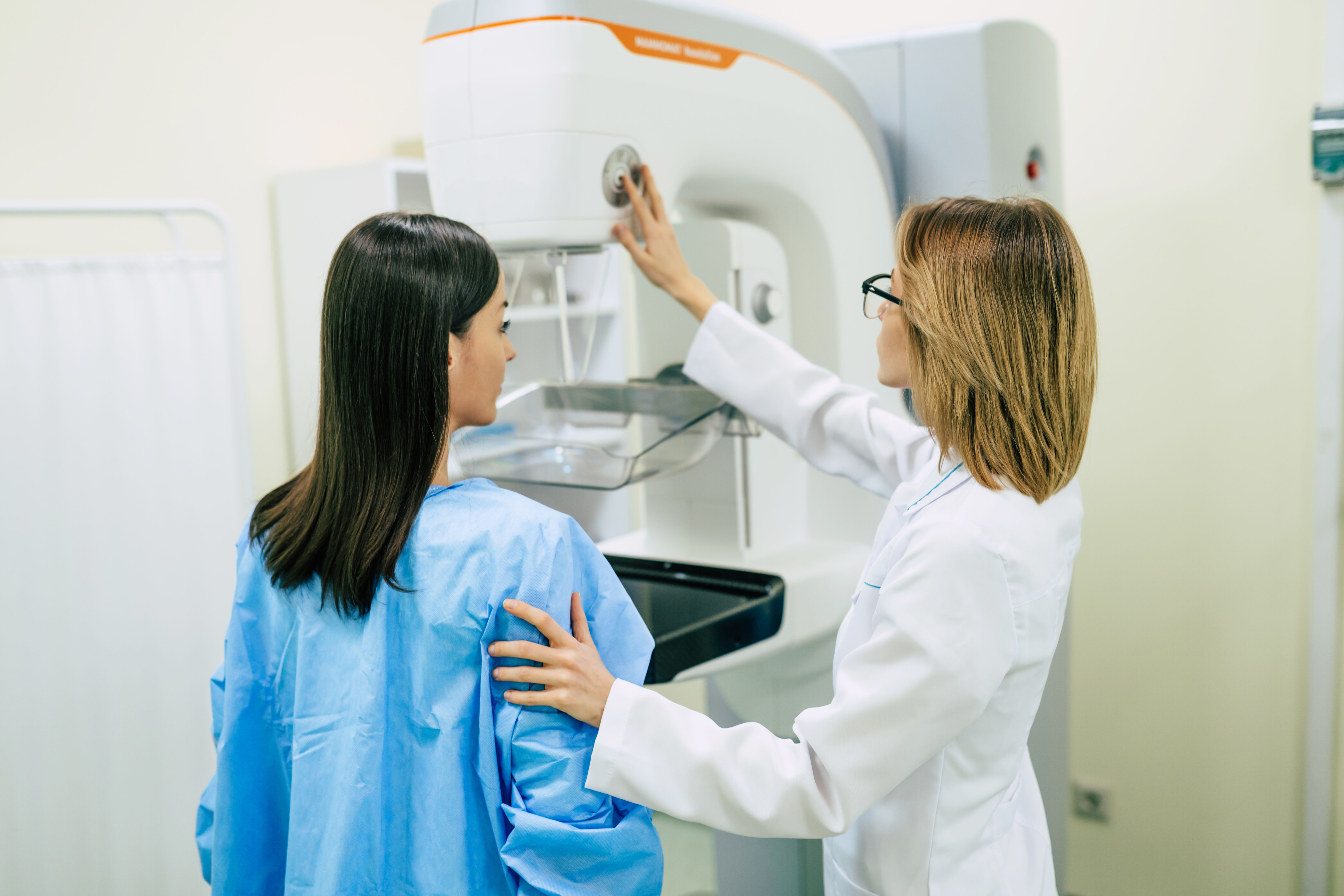This content is sponsored by MedStar Washington Hospital Center.
Atrial fibrillation, or AFib, is the most common type of arrhythmia (an abnormal or irregular heartbeat caused by a disturbance in the electrical impulses that coordinate your heart rate).
The U.S. Centers for Disease Control and Prevention estimates that 12.1 million people in the U.S. will have AFib by 2030. Alone, the condition is not life-threatening, but if untreated, it could increase a person’s risk of stroke and heart failure.
Dr. Athanasios Thomaides, a cardiac electrophysiologist at MedStar Heart and Vascular Institute, said procedures to treat AFib have evolved over time.
“Think of your flip phone and what it could do back in the 1990s and what your iPhone does today.”
For the last 25 years doctors have used ablation procedures to treat AFib when medications didn’t work. Radio frequency ablation uses heat to cauterize or burn cells around the pulmonary vein that triggers AFib, while cryoablation uses extreme cold for the same outcome. Although they have been used for years, the risks of standard ablation procedures include phrenic nerve, bleeding and damage to blood vessels and heart valves.
At MedStar Washington Hospital Center, a new technology called pulsed field ablation (PFA) is now available as a treatment option for AFib and can reduce the risk of compilations.
The FARAPULSE™ PFA system, which was approved by the U.S. Food and Drug Administration this January, makes the cells that cause AFib inactive rather than destroying them.
“Pulsed field ablation is a unique form of energy. It does not cause thermal injury, and it does not heat or freeze the tissue,” Dr. Thomaides said. “Think of it as an electromagnetic wave that is emitted by the catheter.”
During PFA, a catheter is threaded through a patient’s veins from the groin to the upper chamber of the heart and then releases electromagnetic waves into the tissue causing the AFib. The waves make microscopic holes in the cell membranes so electrical impulses can’t cause AFib.
Dr. Thomaides said the data so far show that PFA is a safe procedure.
“Meaning there have been no reported cases of phrenic nerve injury or major esophageal injury unlike the other strategies that we’ve used in the past.”
PFA has also sped up the procedure, which usually means it’s safer and minimizes the risk of complications.
“Because your patient isn’t under for too long, there’s less chance of blood loss, there is less chance of a stroke when you’re only spending 18 minutes in someone’s left atrium compared to your ablating there for three hours.”
Previously, all patients would receive general anesthesia for all ablation procedures, but Dr. Thomaides said that may evolve into just intravenous anesthesia for PFA.
Following the procedure, patients typically rest in the hospital for a few hours and return home the same day.
“So it’s considered essentially an in and out operation. Then there’s follow-up, usually a month later,” Dr. Thomaides said.
Usually the patient stays on their medications after the procedure and then stops taking it in the months after it. Some patients remain on blood thinners depending on their risk factors.
“We try to take them off of any antiarrhythmic drugs or any agents that were previously used for management of atrial fibrillation,” Dr. Thomaides said.
The best candidates for PFA are patients whose AFib is in the paroxysmal or early persistent states. Dr. Thomaides said the success rate of the procedure significantly diminishes once a patient has been in AFib for five or eight years.
For paroxysmal patients, Dr. Thomaides said the success rate of the procedure is anywhere between 80 to 90 percent.
“I would probably say, for the more persistent cases, you’re looking at like a 70 to 75 percent success rate,” he added.
A normal heart rate for adults ranges from 60 to 100 beats a minute, but with atrial fibrillation, your heart may beat much faster or slower.
“Most patients are symptomatic in the sense of palpitations, heart racing sensation, sometimes chest pain,” Dr. Thomaides said.
Other symptoms include fatigue, weakness, shortness of breath, dizziness or lightheadedness and chest pain.
The most common causes of AFib are damage or abnormalities to the heart’s structure. Certain factors that can increase your risk of developing AFib include diabetes, coronary artery disease, excessive alcohol use, obesity and high blood pressure.
Read more about PFA in a post by Dr. Thomaides on the MedStar Health site.







